Since I started photographing grassroots drifting three years ago, I’ve wanted to personally partake in the drama. While standing trackside, I’ve dreamt of clutch-kicking and e-braking behind the wheel of some purpose-built tire-fryer. Steering wheel in hands, scenery bleeding sideways. The sport looks like a blast.
It’s a great community, too. Drifters are approachable and setup knowledge flows freely throughout the pits. I figured that if I ever made the jump from cameraman to racer, I would have people in my corner.
Unfortunately, my front-wheel-drive Focus ST is not a suitable drift car. Front-drivers tend to pull straight under throttle, which makes it difficult to maintain forward momentum in a slide. “Linking” drifts with my Focus would be nearly impossible. Rear-wheel-drive cars are the preferred weapons.
I’d been searching for a cheap rear-drive drift car for a while. Many of the sport’s Japanese stalwarts—Mazda RX-7, Nissan 240SX, and AE86 Toyota Corolla—were way out of my price range, so I would have to settle for something else. Following a research marathon, I narrowed my list down to three potential vehicles. Let’s dive in.
1999–2005 BMW 3 Series (E46)

Pros: This era of BMW 3 Series (E46, in shorthand) is easier to work on than later generations, which suffered from a bevy of common mechanical problems. The naturally aspirated straight-six engine packs plenty of power and screams like an atomic sewing machine. The car’s generous stock steering angle—how far the wheels can turn—allows the driver to better control a slide.
Cons: However, the E46 is underpowered if you don’t secure a 330i model. Subframe mounts can tear and be costly to fix. The entire cooling system should be considered a consumable. Additionally, a manual-equipped car can be tough to find.
2003–2008 Nissan 350Z
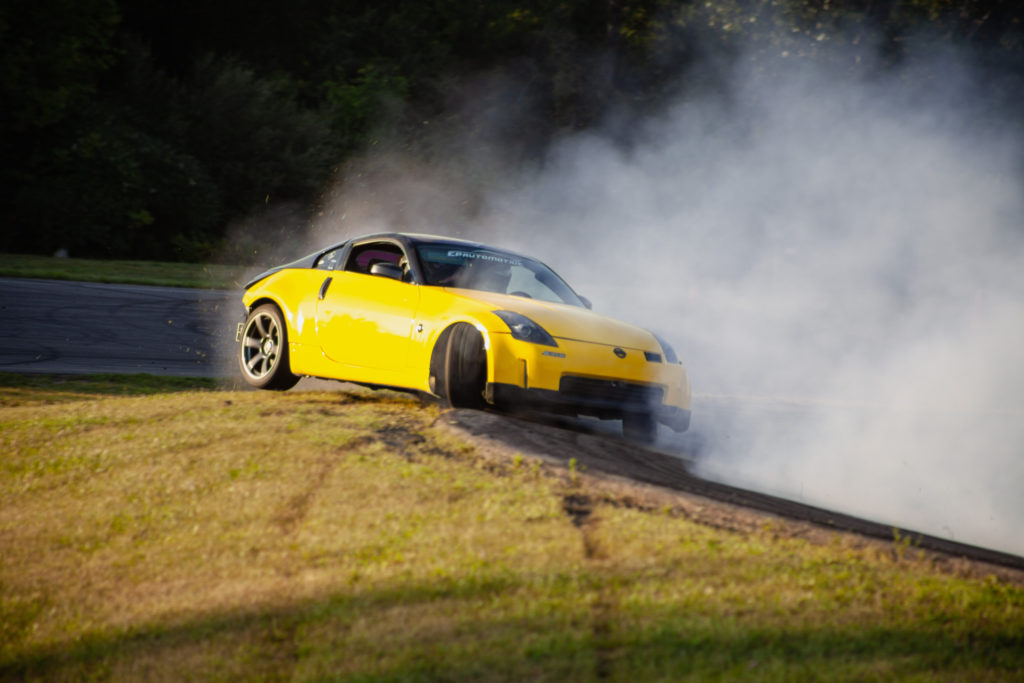
Pros: The 350Z is widely considered one of the best out-of-the-box drift cars. Its powerful engine, aftermarket part support, and accessible price point have made this Z a hit amongst grassroots drifters.
Cons: Its polarizing curb appeal and love-it-or-hate-it exhaust note appeals to TikTok influencers and other Gen Z darlings. For me at least, that’s a downside. It was also the most expensive option on my list.
1994–1998 Ford Mustang GT (SN95)
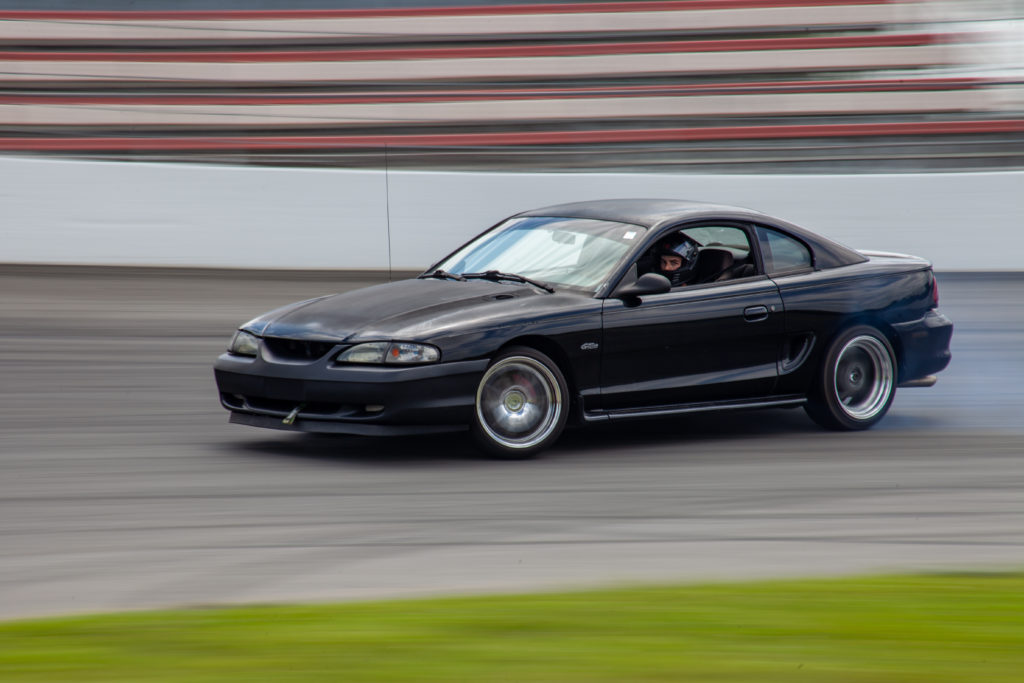
Pros: Unlikely the Z, this generation of Mustang was the cheapest car on my list. You can pick up replacement parts at any AutoZone, and performance goodies are plentiful on the used market. The V-8’s torque makes it easy to spin the rear wheels to initiate a slide.
Cons: The rear suspension is a carryover setup from the 1970s, which means the SN95 does not relish corners. Unlike the 3 Series, the Mustang’s stock steering angle is limited. The manual transmissions don’t respond well to the drivetrain shocks that occur in drifting.
The Winner
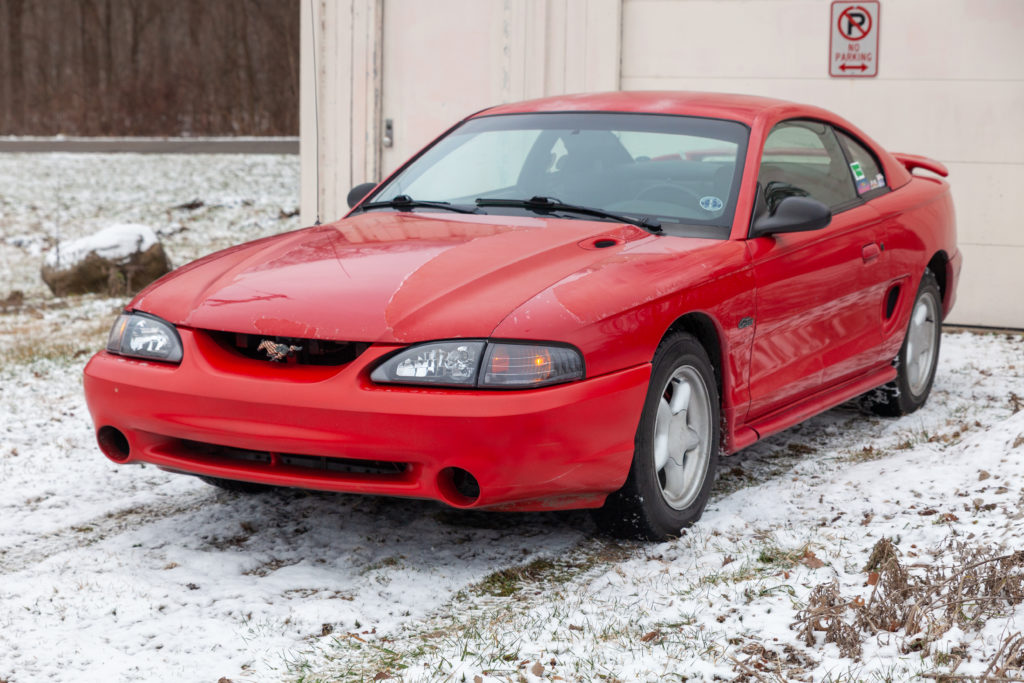
When a $2000 1998 Mustang GT showed up for sale two hours away, I pounced at the opportunity and purchased the vehicle. It’s far from a perfect example, with flaking clear coat, high miles, and a busted driver’s seat. The body is mostly straight and the mechanicals are solid. It runs. It drives.
I’ve always had a soft spot for these Mustangs. They were prevalent when I first started taking an interest in cars. While it isn’t as vintage as a Fox-body or as chiseled as a New Edge, the 1990s jelly-bean styling of the SN95 Mustang reminds me of my youth and the unlicensed cars on the video game Ridge Racer.
Also, Ford built close to a million of these Mustangs, so I won’t feel bad if I put it into a wall during a meet.
While the old pony is a solid foundation for a drifter, I’ll need to complete a few upgrades before I press it into service. An SN95’s steering angle is limited, so I will be removing the factory steering rack limiters to gain a few more degrees. As I touched on with the 3 Series, the more steering angle a car has, the easier it is to stop the rear end from overtaking the front during a slide.
I plan to replace the dilapidated front seats with new buckets; better bolsters will keep me planted while my car is sliding. If I ever want more power, hop-up parts for this generation are ubiquitous and frequently pop up on local marketplaces for pennies.
Over the coming year, I will be modifying my Mustang for drift duty and chronicling the build process. Follow along as I turn this drift daydream into a reality.


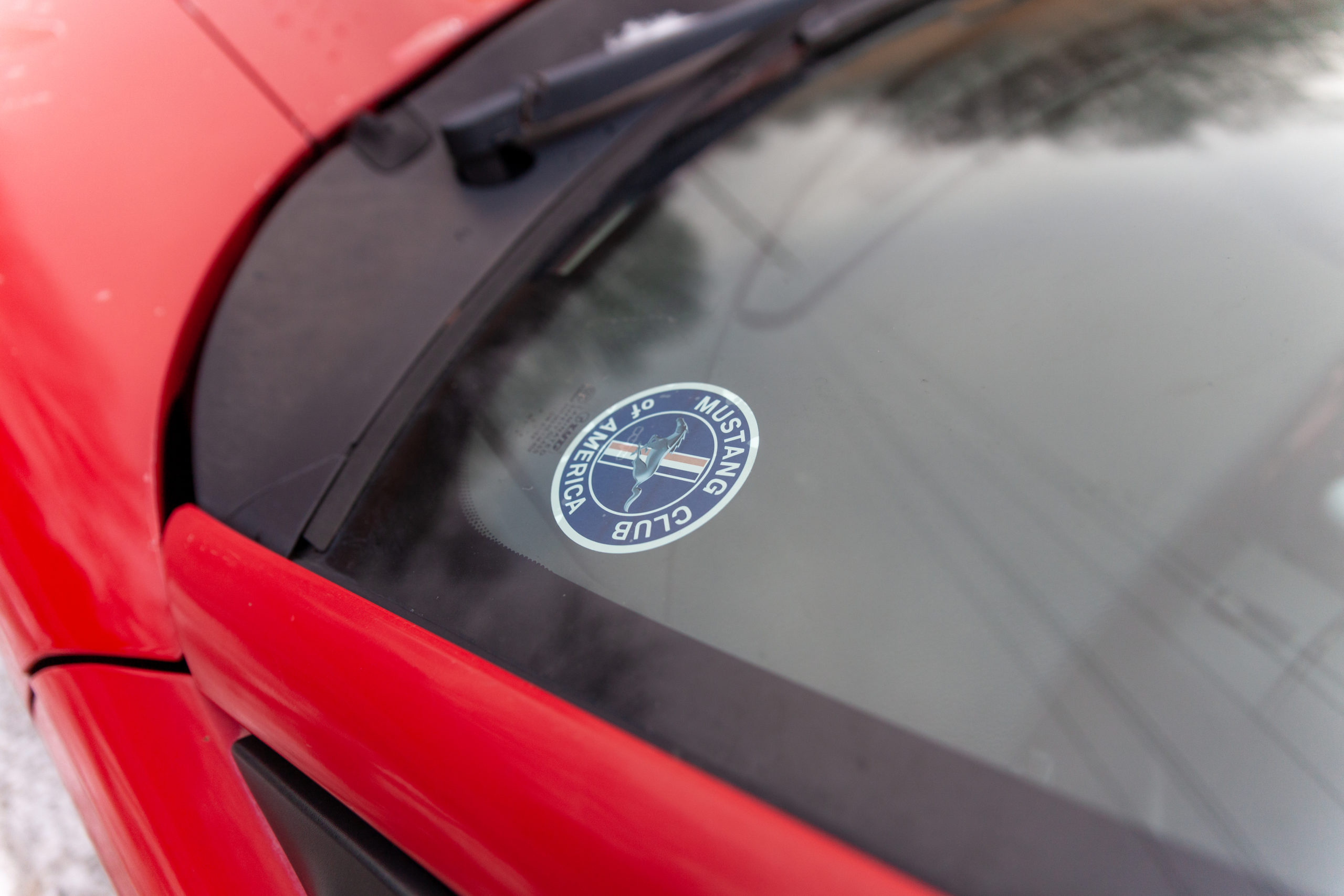
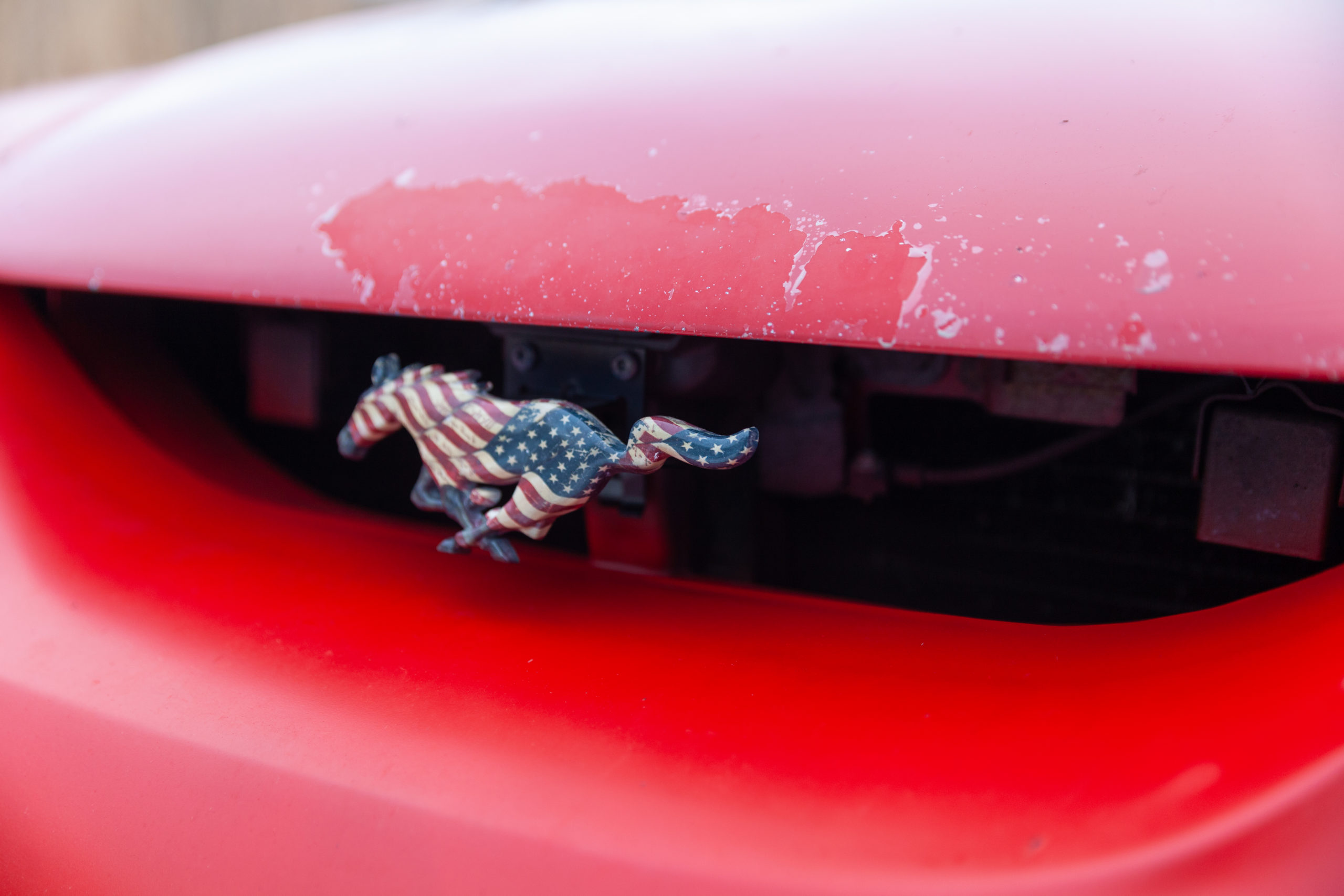
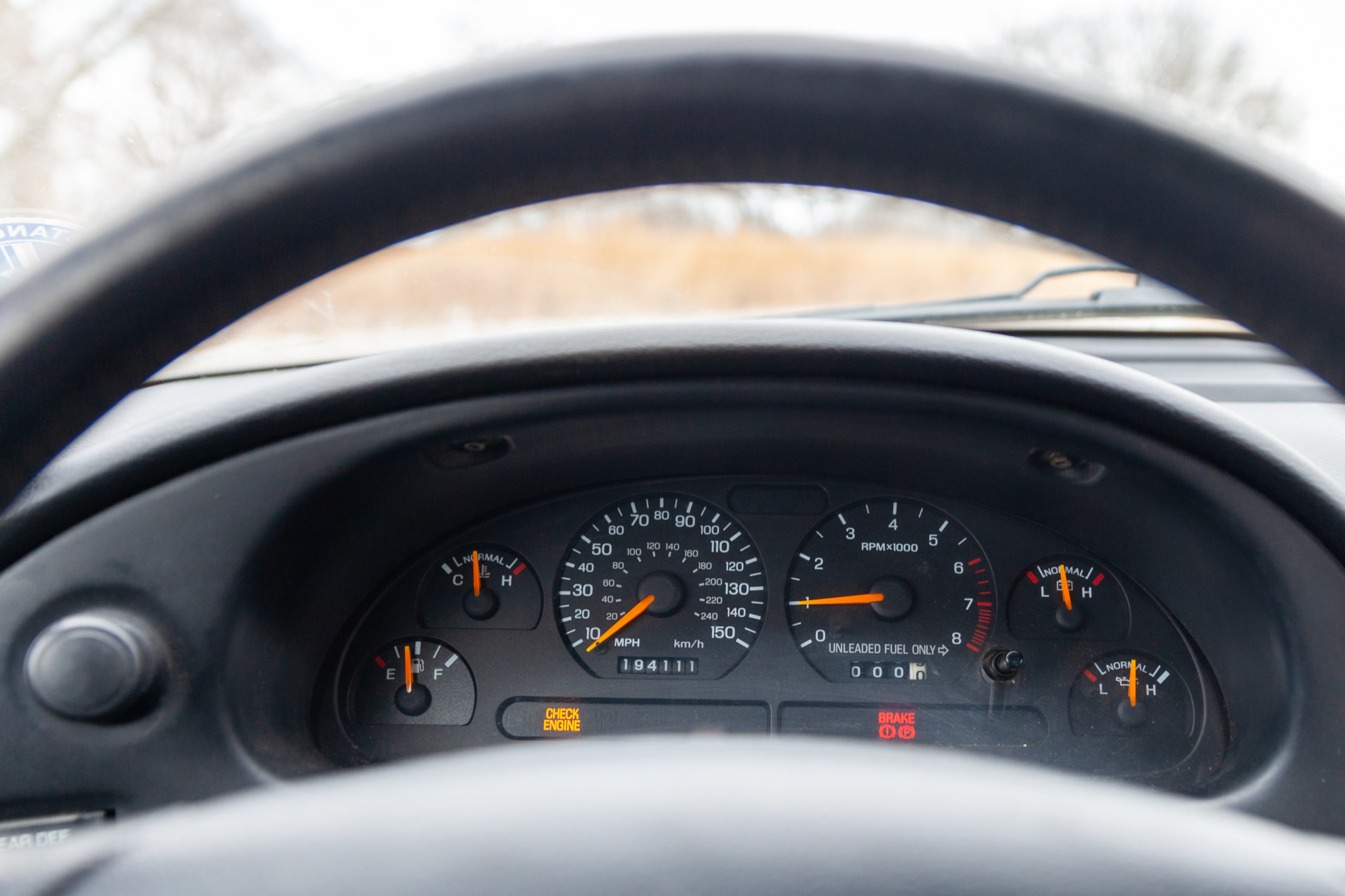


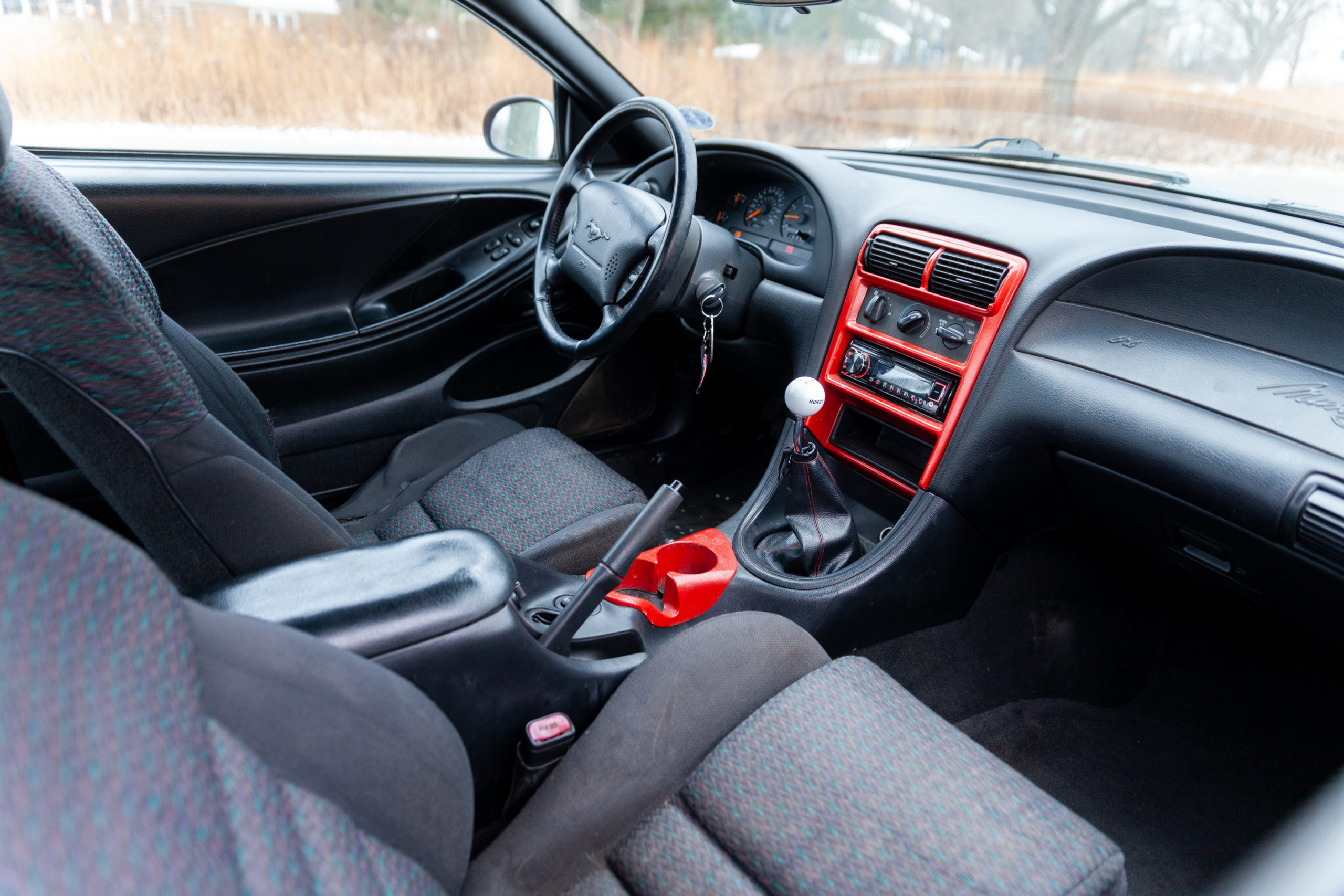
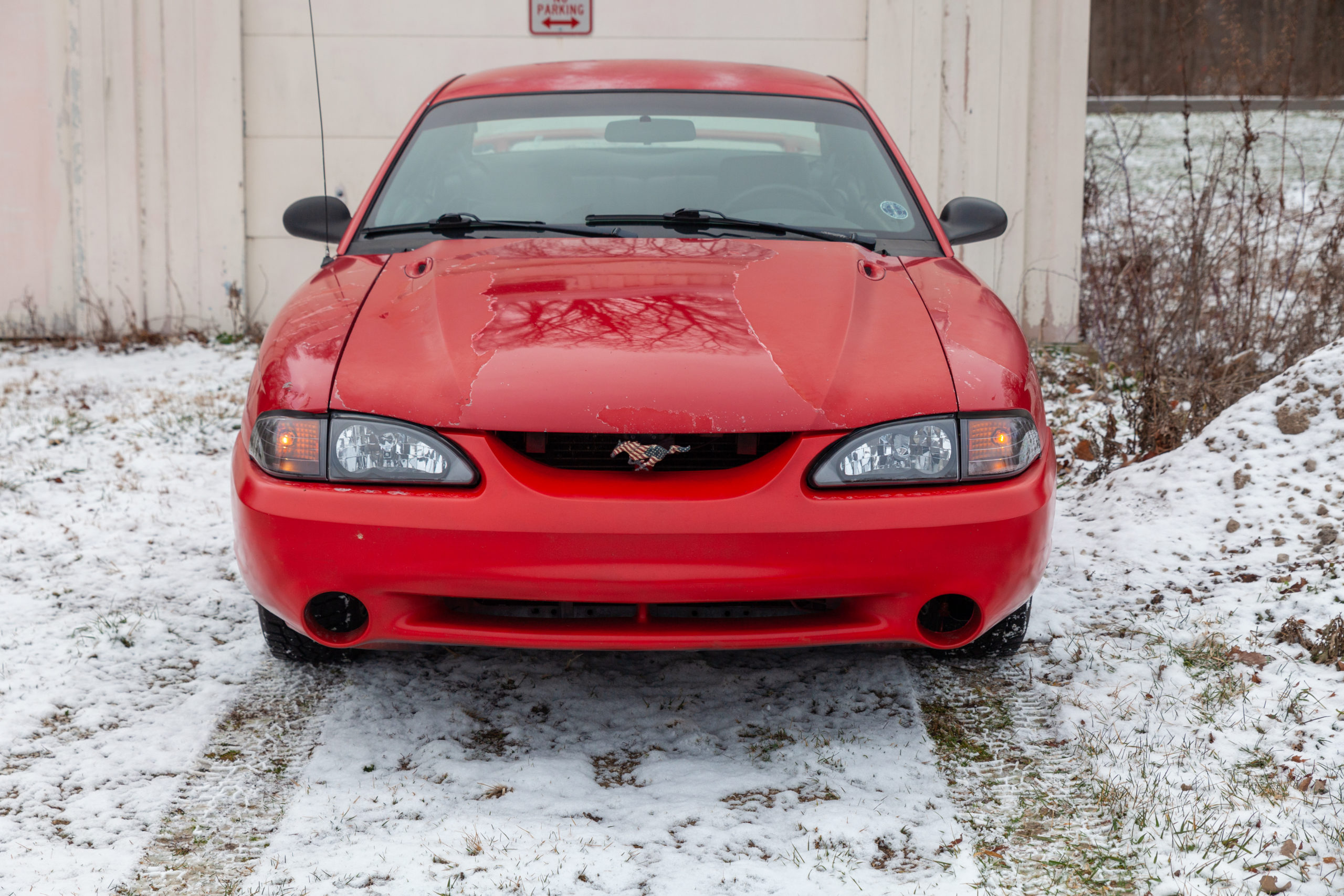
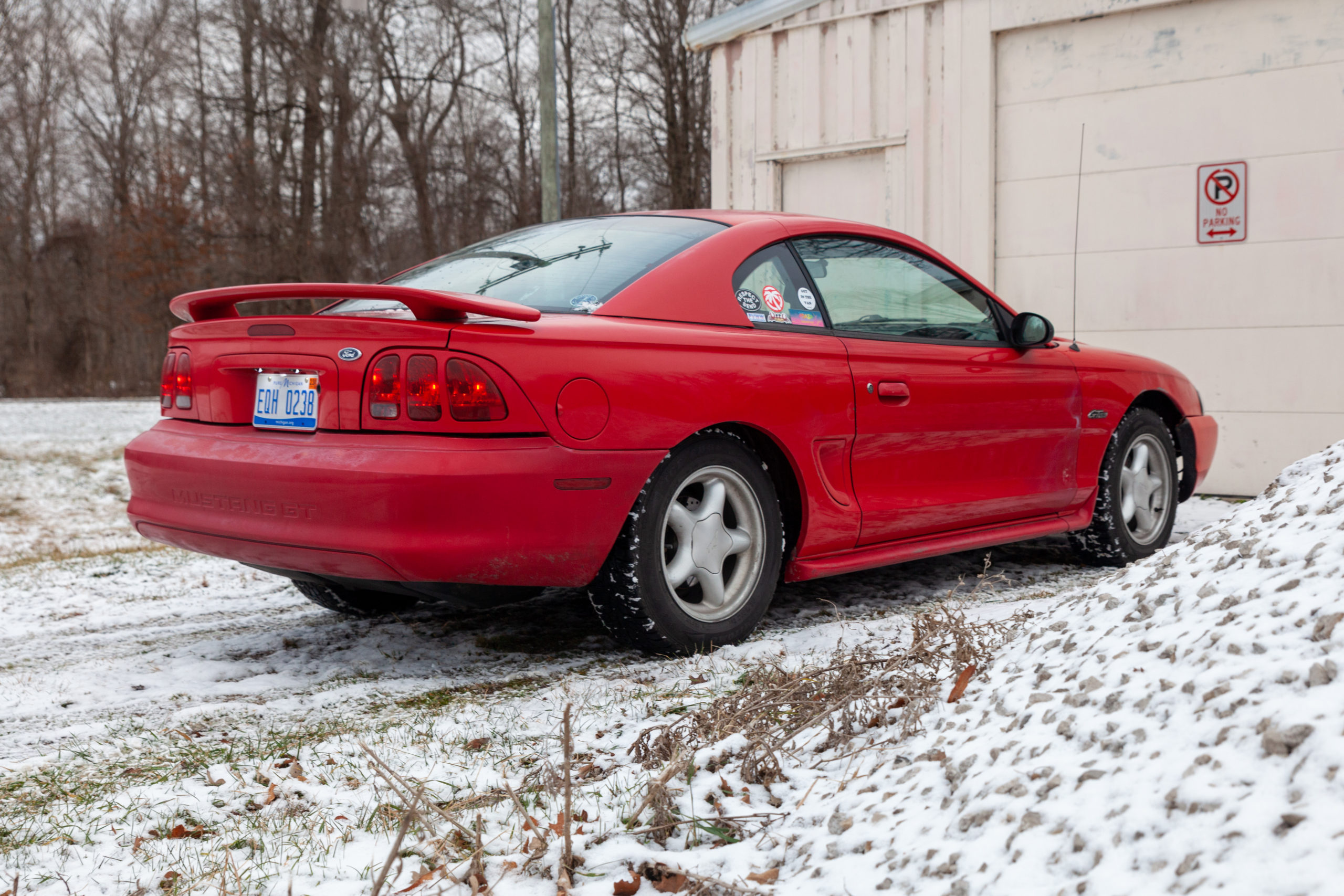

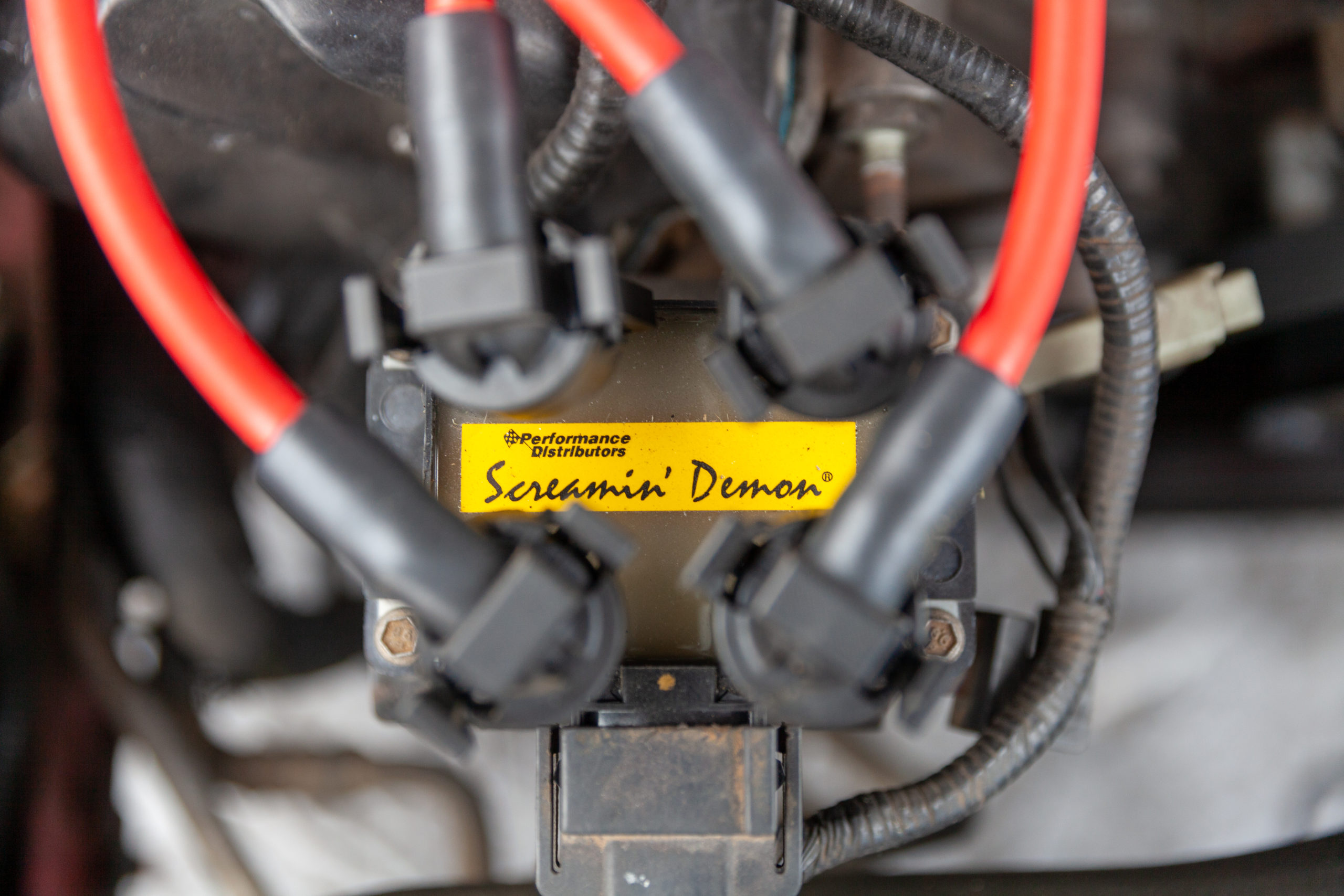
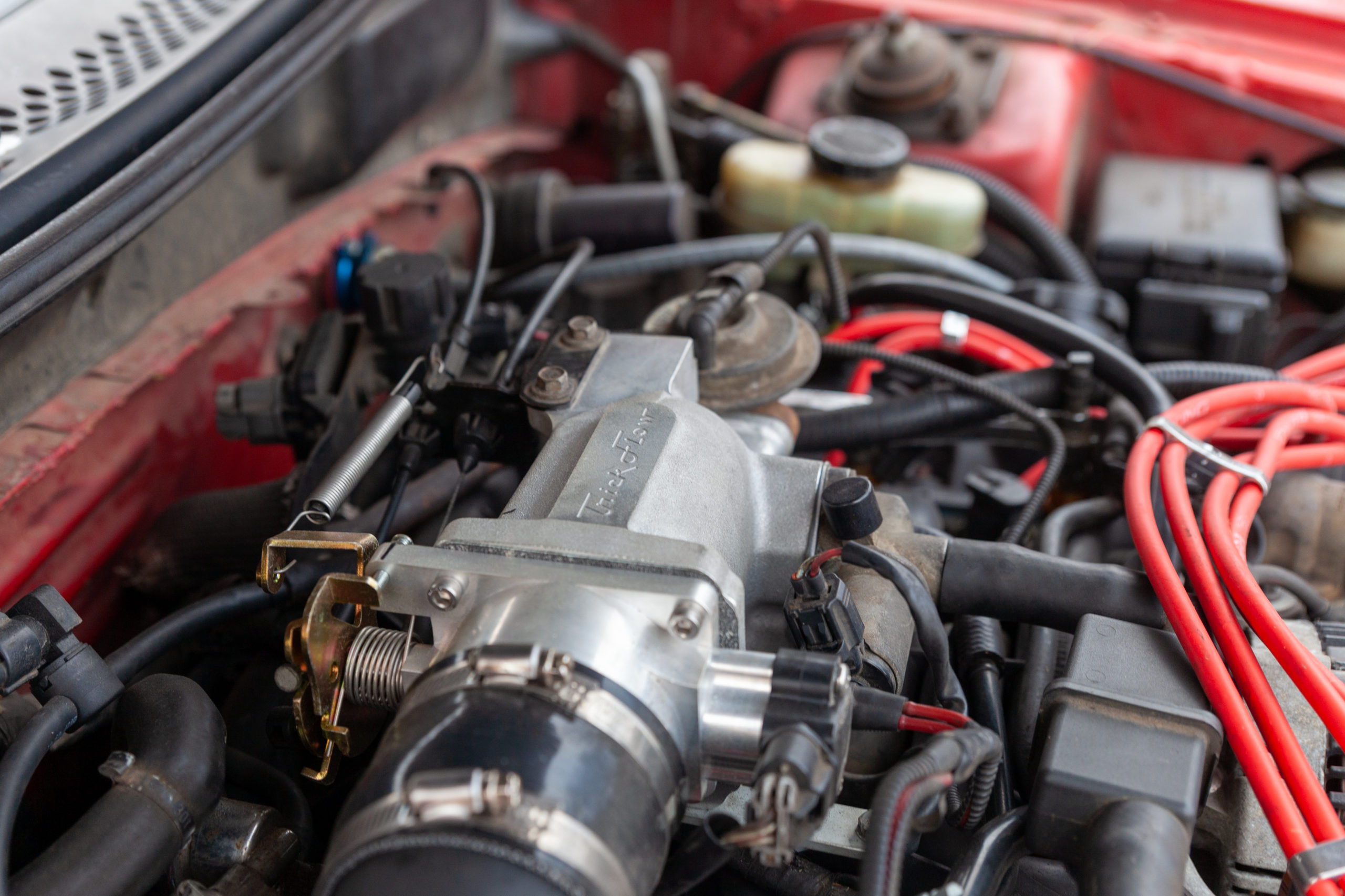

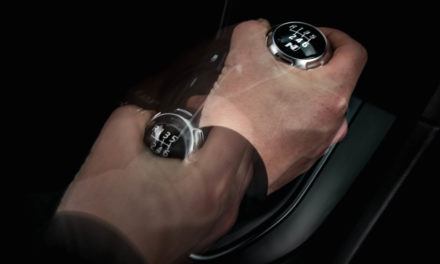
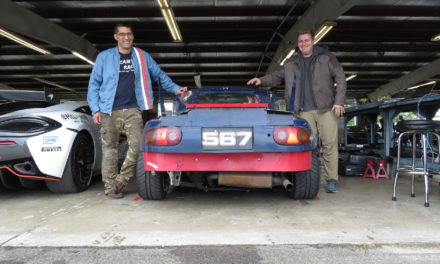
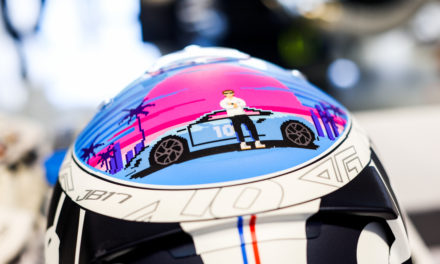






Chris – I’m interested to learn more about suspension set up on this project. Steering angle, spindles, rack location etc. The 5.0 aftermarket is just as you said – chock full of options and relatively inexpensive bolt-on’s that can bump those torque and hp numbers quickly.
This will be a fun build to follow.
**edit – that’s a 4.6! My mistake!
Love it… we all need a $2000 fun car in our lives!